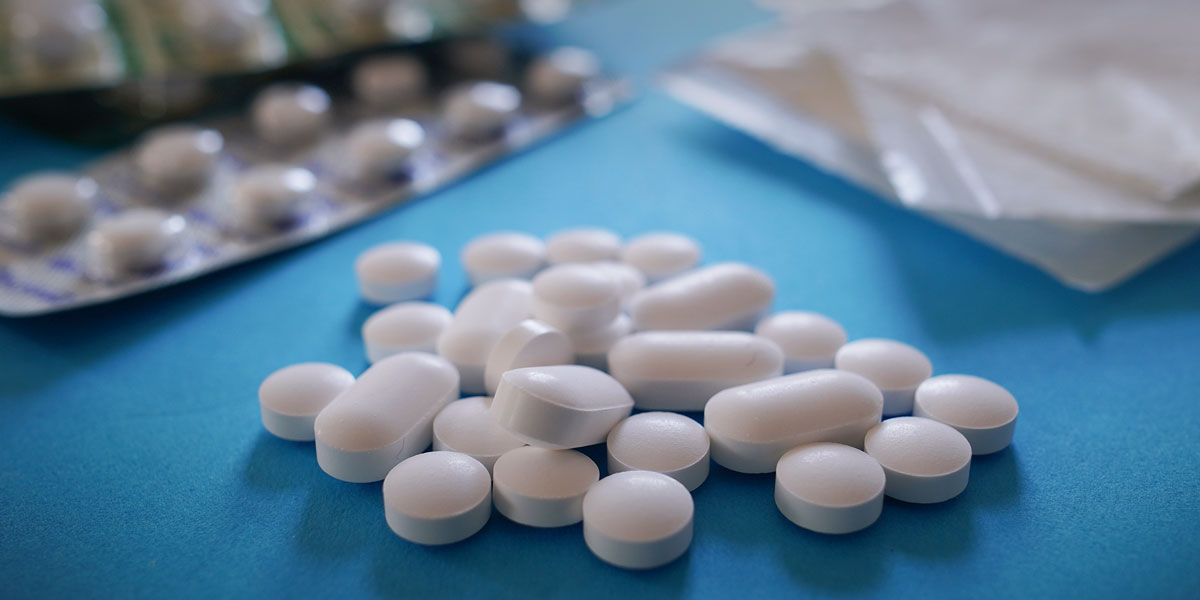Why Reporting Drug Side Effects Matters – A Guide for Patients
Did You Know?
Many patients are unaware they have the right to report unwanted side effects of medicines directly to the authorities. Not only can you report side effects for yourself, but you can also do so on behalf of a child or someone in your care. Reporting these effects helps enhance the safety of medications on the market and ensures others are better protected.
If you suspect an adverse reaction, talking to your doctor or pharmacist is the first step, especially if the side effect feels significant or unusual.
Why Reporting Side Effects is Essential – and Powerful
By reporting side effects, you play a crucial role in holding the pharmaceutical industry accountable. Medicines are rigorously tested before approval, yet the data gathered from clinical trials isn’t always comprehensive. The real impact on patients often surfaces only when these drugs reach the wider market, used by people with diverse health backgrounds, ages, and coexisting conditions.
The pharmaceutical industry operates under substantial financial power and influence, with some companies generating billions from specific drugs. This dynamic creates an urgent need for vigilance from patients and healthcare professionals alike. By consistently reporting side effects, patients make an essential contribution to counterbalance this influence, challenging pharmaceutical companies to improve the safety of their products. Without widespread reporting, these companies may avoid accountability for the adverse effects that, unfortunately, too many people experience.
Reporting isn’t just a formality; it’s a way to demand responsibility from an industry that affects millions of lives. Each report strengthens the regulatory system and emphasizes that patient safety must be prioritized over profit.
The Scope of the Problem
Adverse drug reactions are more common than many realize. According to global health data, medication-related harm is one of the leading causes of injury and avoidable hospitalization worldwide. Reports from patients are vital for tracking these side effects, which may not always be immediately evident or thoroughly understood. Data from these reports helps safety experts recognize patterns, known as “safety signals,” that can prompt new safety guidelines or even withdrawal of a drug from the market when necessary.
How to Report a Side Effect
If you think a medication has caused an unwanted reaction, you have options for reporting it. Most package leaflets include instructions for reporting adverse effects, usually involving an online form or contacting your doctor or pharmacy.
To make a report, try to include:
- Information about the person experiencing the effect (age, gender, etc.)
- Details of the side effect experienced
- Name and dose of the medicine suspected of causing the side effect
- Batch number (found on the packaging)
- Other medicines taken around the same time, including non-prescription items or supplements
- Relevant medical history of the person affected
National reporting systems, like the FDA’s MedWatch in the United States and the MHRA in the United Kingdom, provide accessible platforms where patients can directly contribute to safety surveillance. Each country typically has its own national medicines agency website where side effects can be reported online by patients. You can find links to many national health agencies for reporting side effects on this page.
Questions You May Have:
How do I know if it’s a side effect?
A side effect, or adverse reaction, is an unwanted symptom caused by a medication. Even if you’re unsure, reporting suspected side effects helps authorities review and assess potential safety issues.
What happens after I report a side effect?
Once reported, your information is reviewed by safety experts to identify new “safety signals.” If an issue is confirmed, authorities might adjust recommendations, issue warnings, or even halt the medicine’s use to protect public health.
Can my doctor help me with the report?
Yes! Healthcare professionals are experienced in handling these reports, and their clinical insights add valuable context. If you’re unsure how to report or would rather not do it yourself, they can also submit the report on your behalf.
Understanding Symbols and Safety Signals
Some medicines may feature a small black triangle (▼) on their packaging, indicating that they require closer observation. This symbol means that any reported side effect is especially helpful to monitor the medicine’s long-term safety, not that the medicine is unsafe.
In Summary: Help Us Challenge the Industry and Make Medicines Safer
Reporting isn’t just for your own safety—it’s a way to challenge the pharmaceutical industry to be accountable for the drugs they release. Every report adds to a body of evidence that can drive stricter regulations, better warnings, and, when necessary, legal action to protect public health. By taking action, you’re standing up for yourself and for others, contributing to a world where safety comes first.
If you’re concerned about a reaction, consult your doctor or pharmacist. Their guidance, along with your report, is essential for monitoring and improving drug safety globally.



